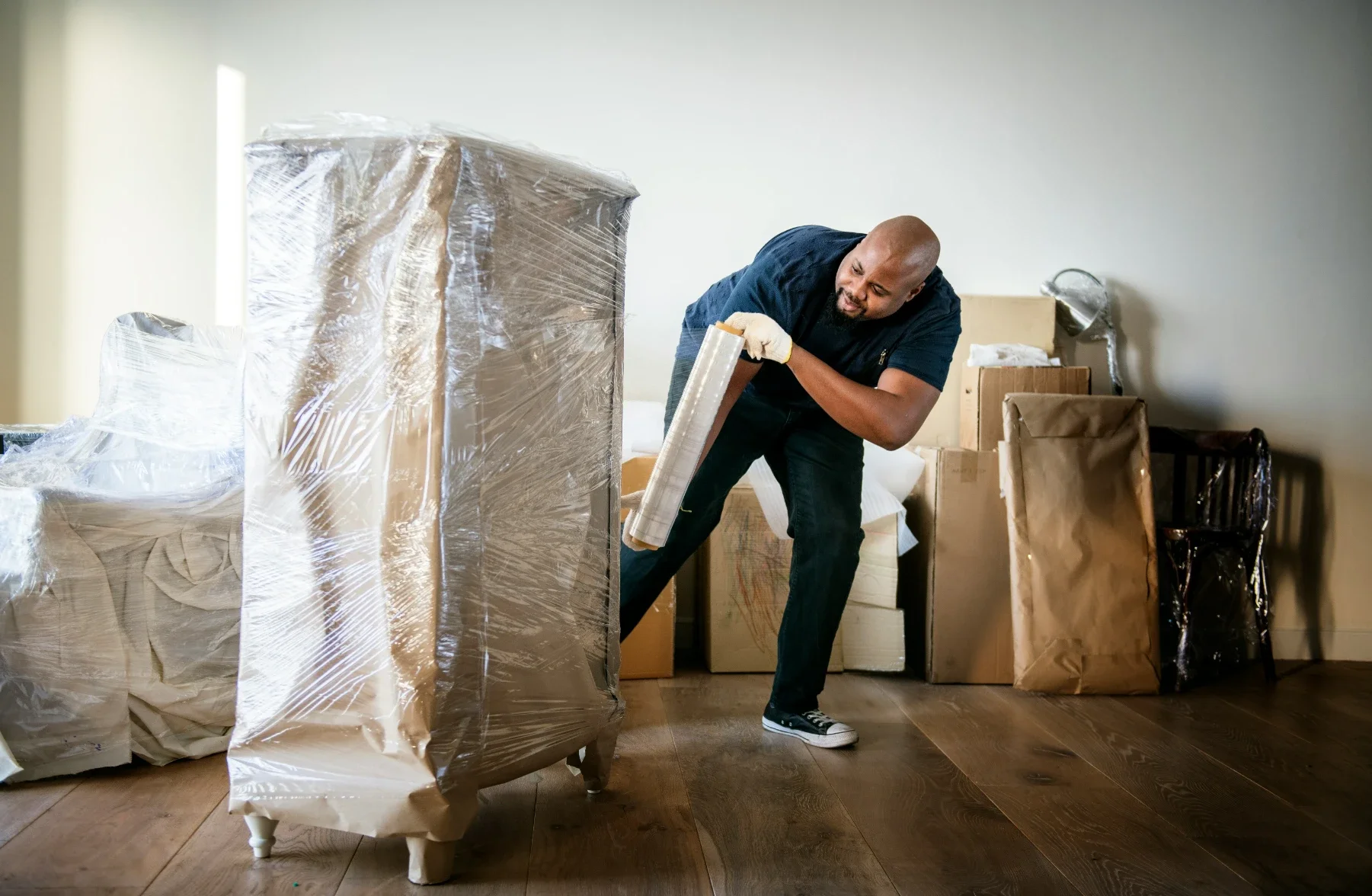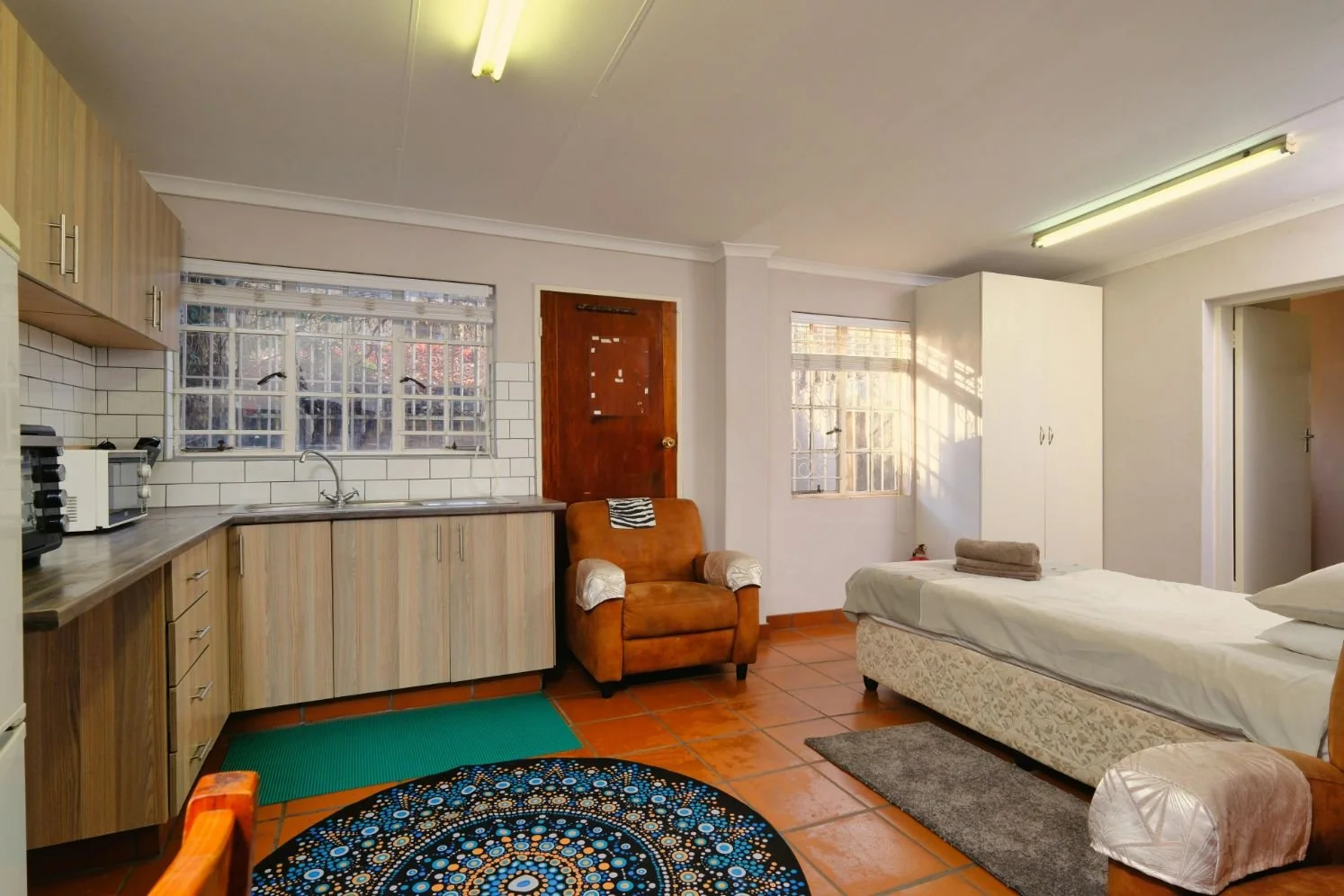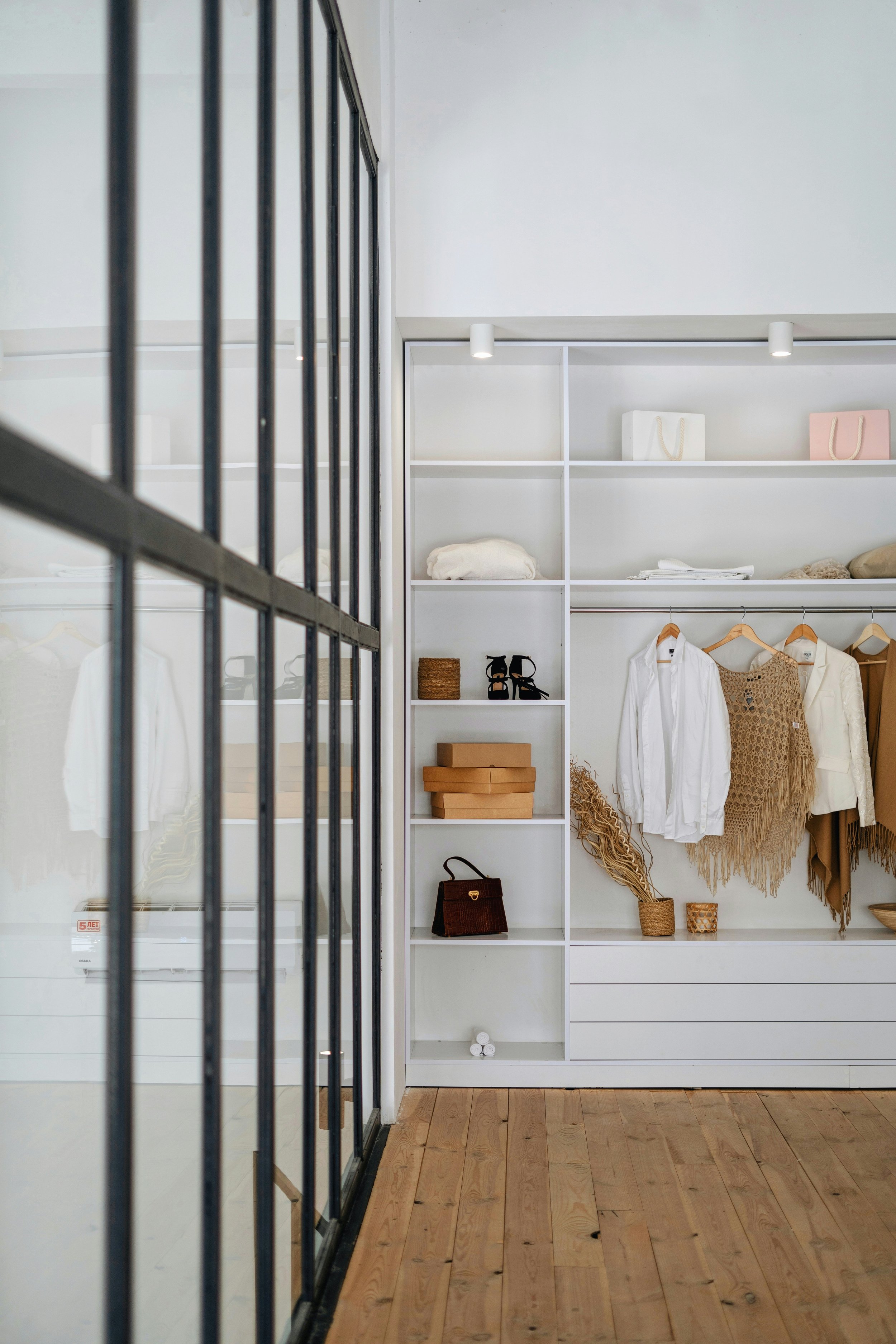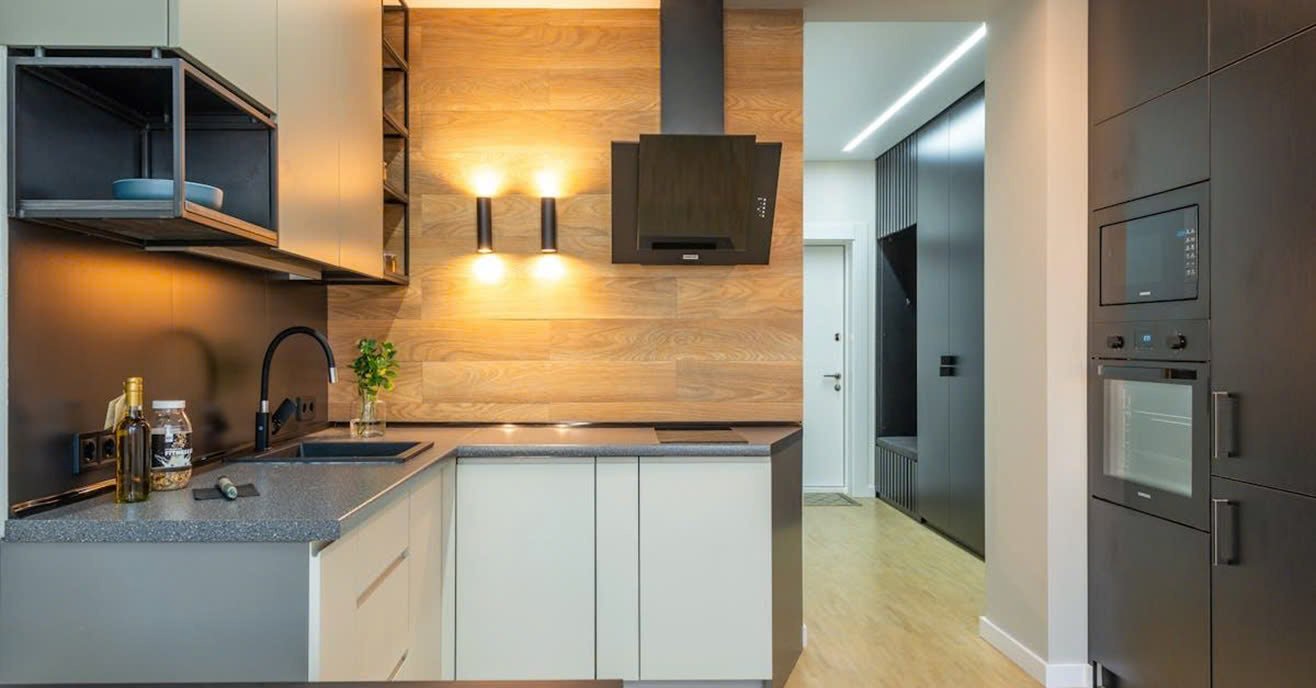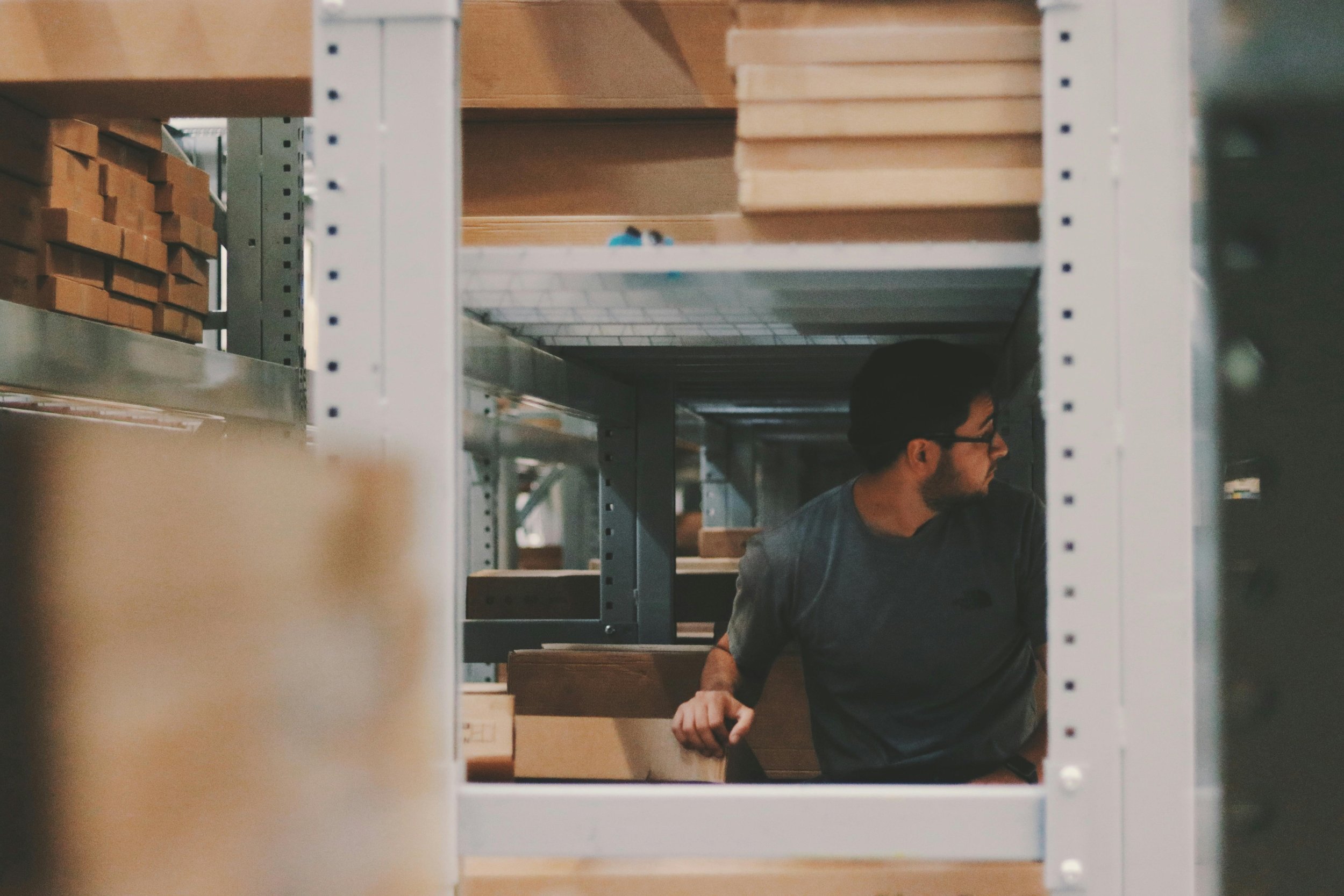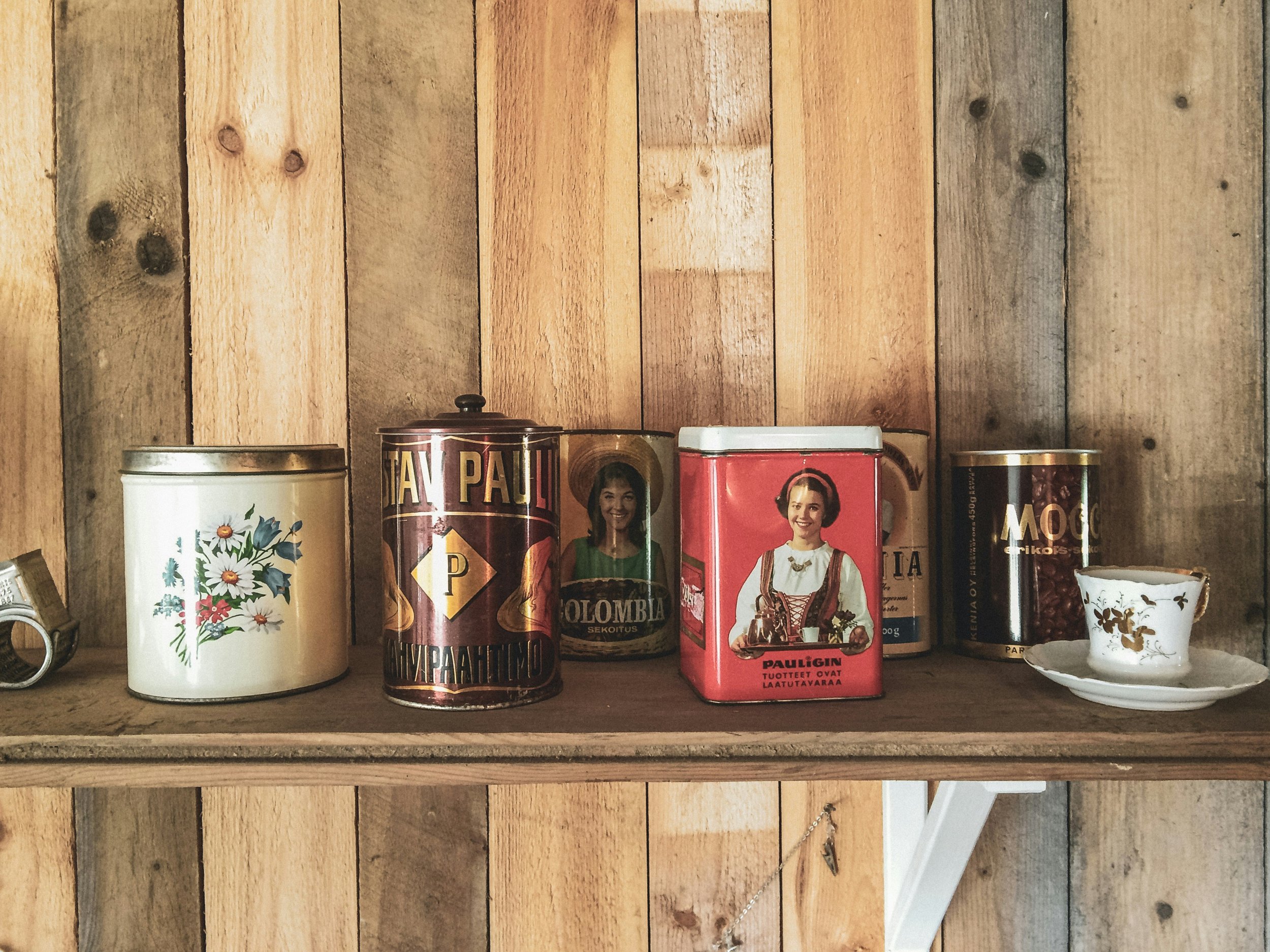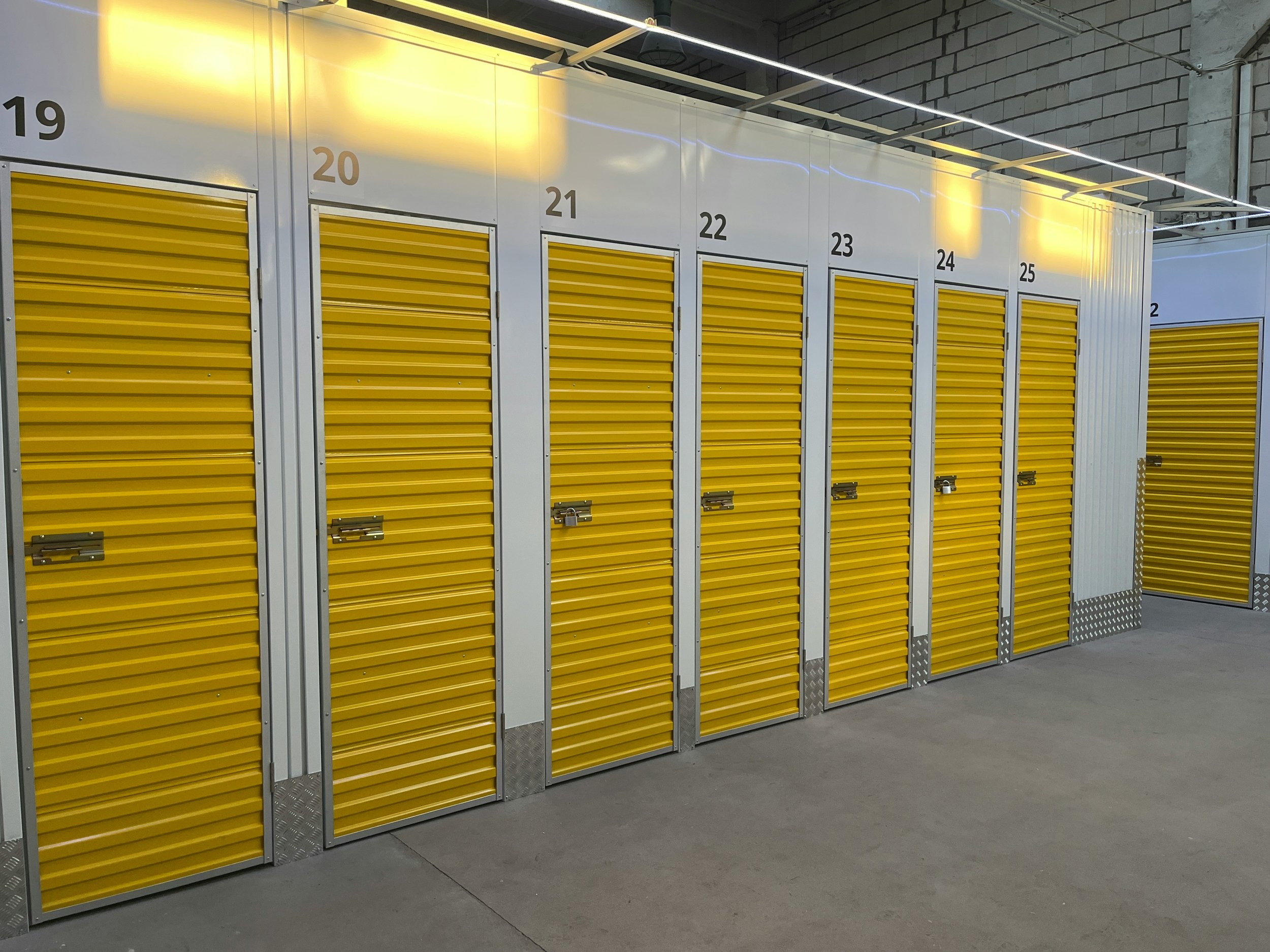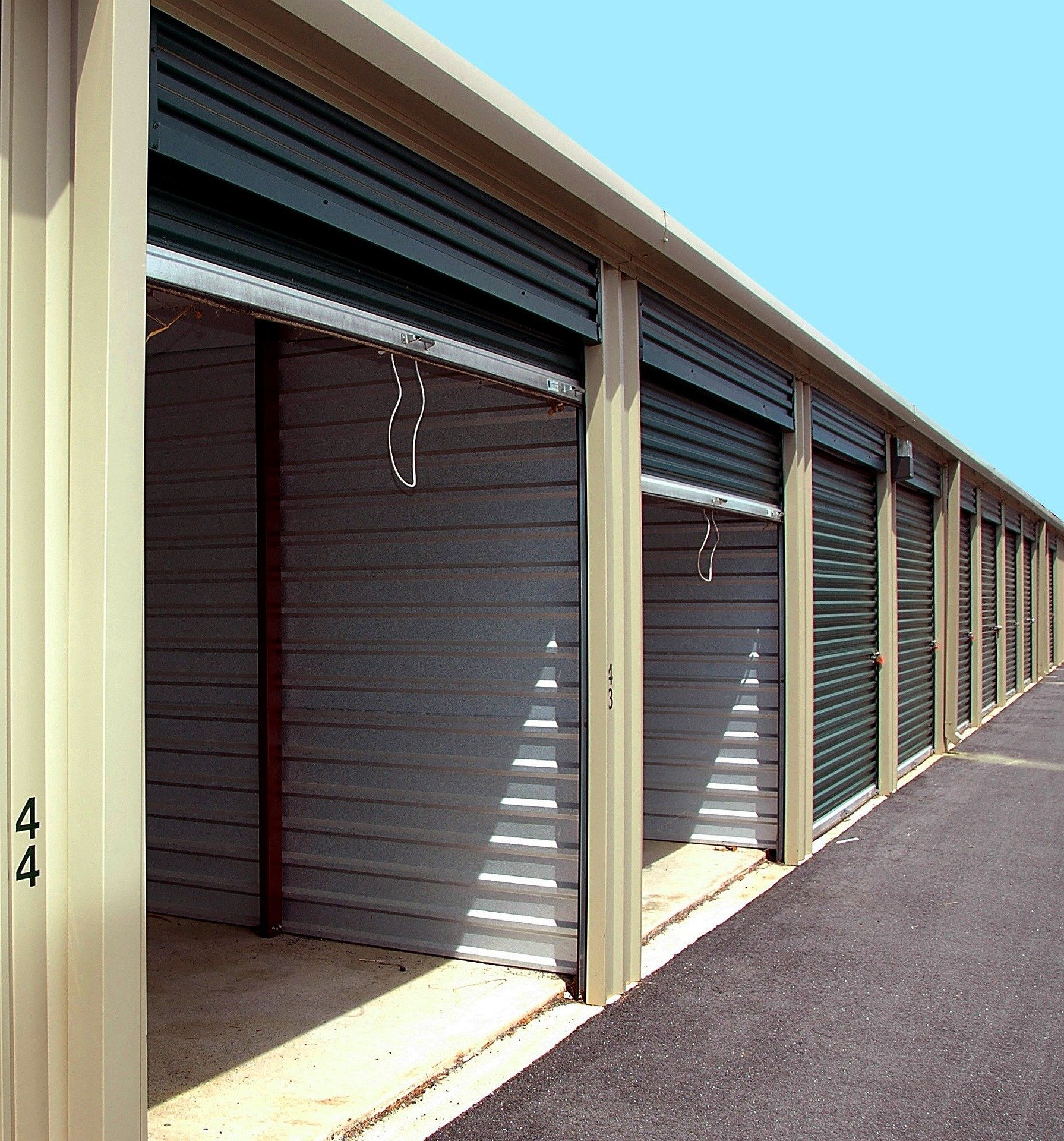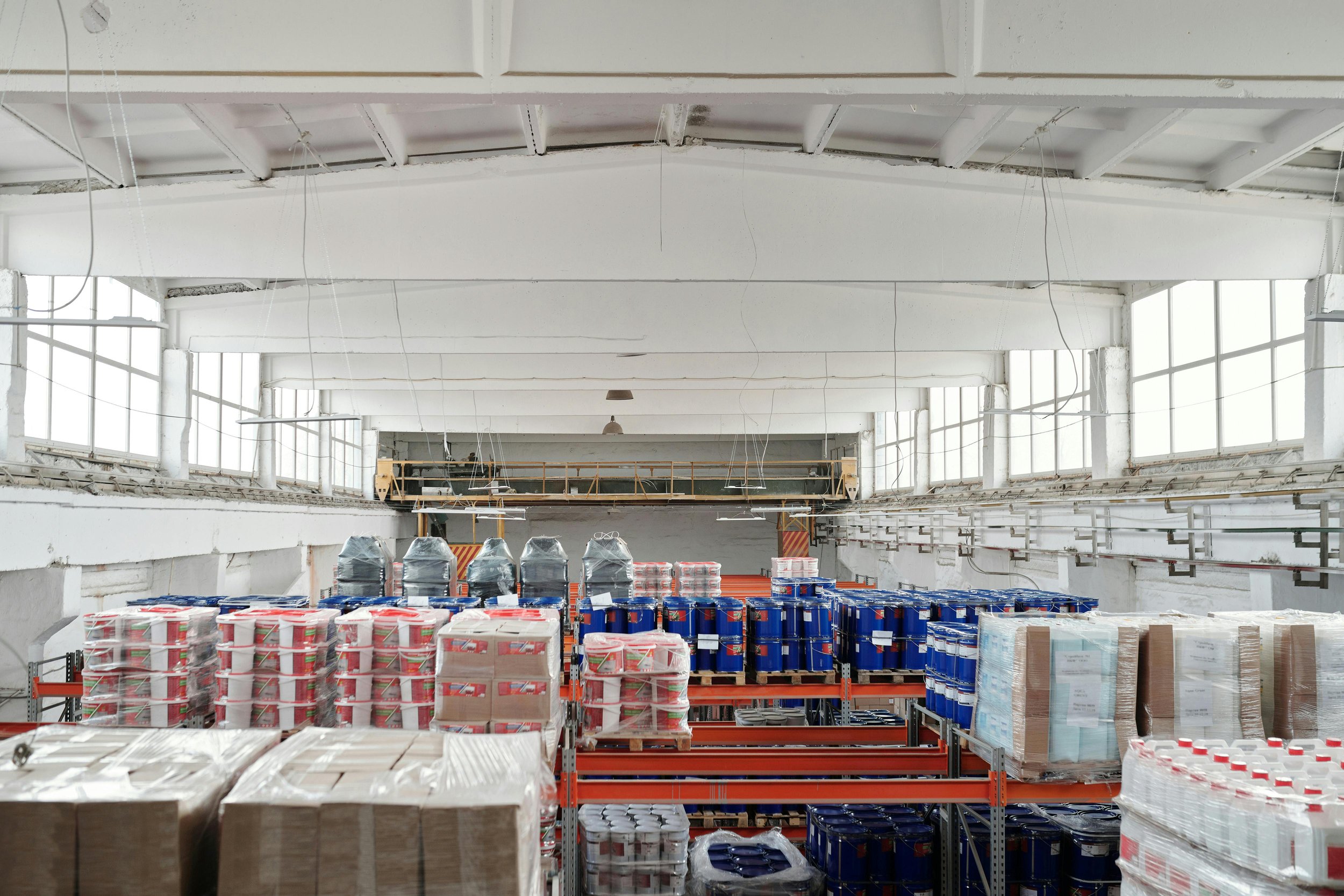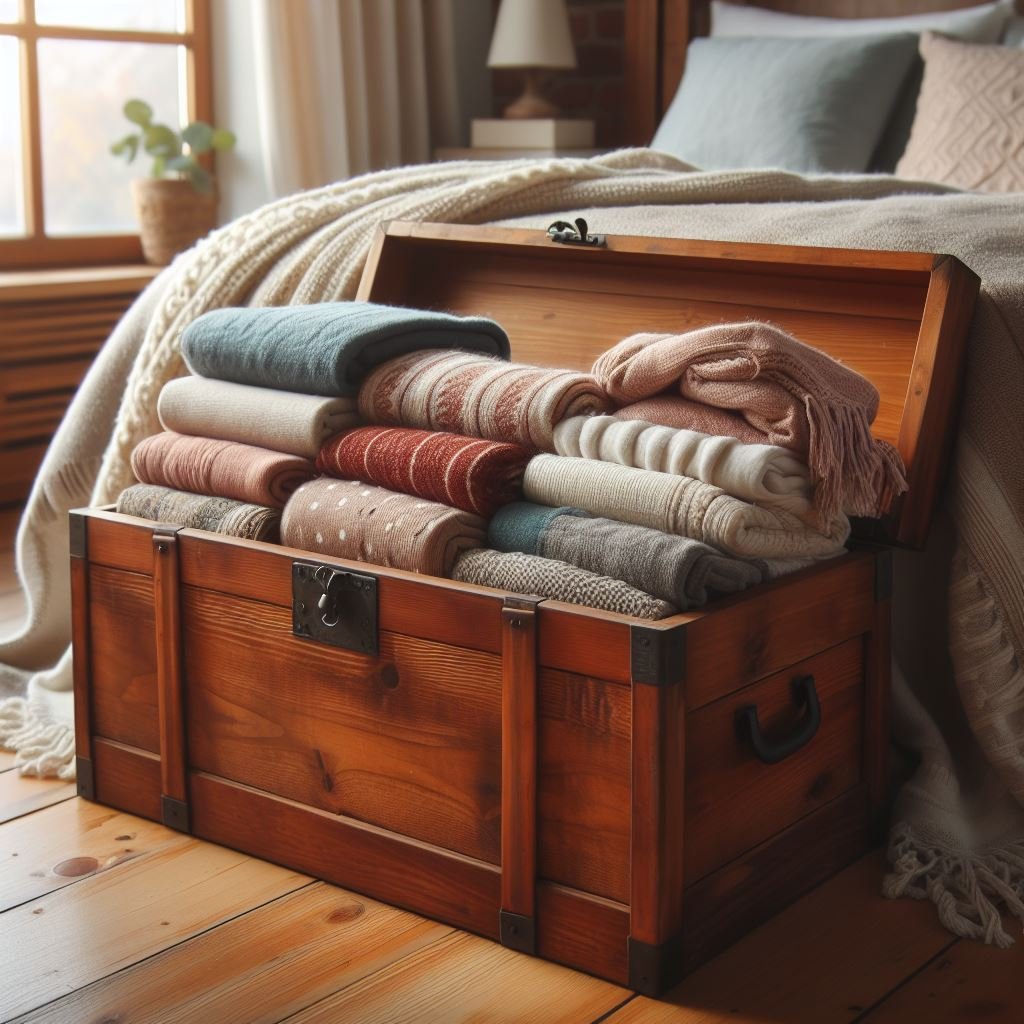The Ultimate Guide to Packing and Storing Household Items
Master the art of packing and storing household items with this ultimate guide — keep your belongings safe, organized, and move-ready!
For most individuals, packing or storing household items isn’t fun. After all, mess is the number one reason people often get tangled, and in most cases, packing stuff becomes a nightmare in no time. So, how can you avoid this and perform an efficient job in the process? Well, that’s where this article will help you.
Whether you're preparing for a move, organizing a cluttered closet, or storing seasonal decor, the key learnings shared in this blog will make it simple and safe for you to proceed with the work. You’ll find practical steps to sort, pack, and store household items. After reading this article, you’ll have a much more accurate understanding of how to categorize items, the use of packing supplies, and storage tips. So let’s move forward.
Categorizing Items Before Packing
As household items vary in terms of shape, size, and layout, categorization becomes absolutely necessary. Start with a single room. Not the entire house. Memory overload happens when you try to do any work without direction, and that’s true for packing and storing household items. Focusing on one space helps reduce decision fatigue. You stay focused, and the process feels more manageable. Plus, labeling by room makes unpacking much easier later.
After that, divide items based on how they’ll be handled. Put fragile items like ceramics, glassware, and candles in one group. Keep sturdy pieces — books, folded towels, wires — in another place. This simple split gives you a clear packing direction. You're no longer guessing what goes with what.
The Use of Right Packing Supplies
There’s a misconception that using expensive tool kits or accessories when packing household items is necessary. The use of spinner luggage, portable safes/lockboxes, or large filing cabinets may feel like the right stuff, but they are expensive and can be replaced with more effective tools to pack and store stuff. You can perform the job effectively with these basic tools: sturdy boxes, packing tape, bubble wrap or foam, permanent markers, and plastic film. The use of old towels or extra clothes will also come in handy to cushion damage.
Let’s say you’re packing framed photos, candles, or collectible decor pieces. In that case, boxes like custom mailer boxes will work best. They’re designed to hold their shape, support fragile items, and stack safely. They have a secure closure because of the ear-lock flaps features. The end result will be a safe and sound packaging of things that are of high caliber and importance.
Essential Packing Tips for a Safe and Smooth Move
Packing correctly saves time, prevents damage, and makes unpacking easier. Use these simple steps to organize your items and keep everything protected during the move or storage.
Clean before packing
Dust, grime, and moisture can damage stored items. Wipe down furniture, clean appliances, and remove any loose debris before packing.Use the right containers
Sturdy boxes and plastic containers are essential for safe transport. Use wardrobe boxes for clothes on hangers to avoid wrinkles and wasted time.Pack similar items together
Keep items from the same room or category in one box to speed up packing and reduce confusion.Protect fragile items
Use bubble wrap, packing paper, or packing peanuts to cushion fragile pieces like glassware, electronics, and mirrors.Utilize empty spaces
Use paper or fabric to fill empty spaces or air pockets. This prevents everything from shifting when boxes are carried or stored.Don't overfill boxes
Overfilled boxes are harder to carry and more likely to break or collapse during handling.Pack heavy items in smaller sturdier boxes
Smaller boxes are easier to lift and help avoid injuries or structural damage during transport.Secure drawers and lids
Tape down drawers and lids to stop items from falling out while moving or stacking.Label boxes for clarity
Write down the contents and the destination room. Use color-coding or stickers for quick visual identification.Store heavy items on the floor
When stacking, always keep heavier boxes at the bottom to avoid crushing lighter items.
Effective Storage Tips to Get Things Done
When it comes to storing, limited space is a significant setback apart from moisture-related issues. The good news is you can leverage the vertical space using stackable boxes and wall shelves to store items without eating up your floor area. Bins can be used as well, which can be slipped under the bed.
Sorting and finding the stored items is another major problem people often face. That’s where labels solve the issue. Mark containers/boxes with what's inside and which room they belong to. Color-coding by room can help if you have plenty of custom packaging boxes to store.
For Los Angeles readers who run out of room at home, reserving a Firestone Blvd self storage space in the 90002 area can keep packed boxes safe and accessible while you settle in. Look for clean, indoor units with easy online payments and flexible month‑to‑month terms; many locations offer first‑month savings that make temporary storage budget‑friendly. Keep items grouped by room, stack heaviest boxes at the bottom, and map your unit so essentials are reachable up front.
Even though this step requires extra friction to set up, it will drastically save you time and frustration. Use QR code labels that link to a list of contents saved on a specific box using digital cloud storage.
Key Takeaway!
Our intention in writing this article was simple: to take away the problem and stress when packing and storing household items. The key information we shared will assist you in getting things done correctly and with efficiency.
Prioritize cleaning, use appropriate containers/boxes, label boxes to avoid clutter, and use cushioning to protect fragile items. You will have to make sure the items are packed in their intended orientation and that boxes are filled to capacity, not overloaded. That’s it, folks. We’ve covered the essential details required to do a good job. If you need custom boxes for your projects and tasks, check out Half Price Packaging.

